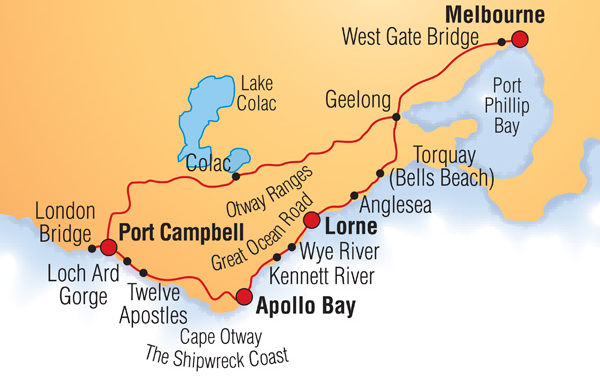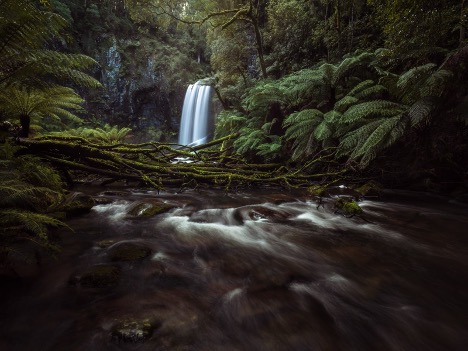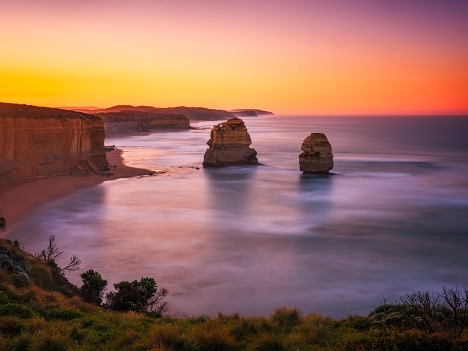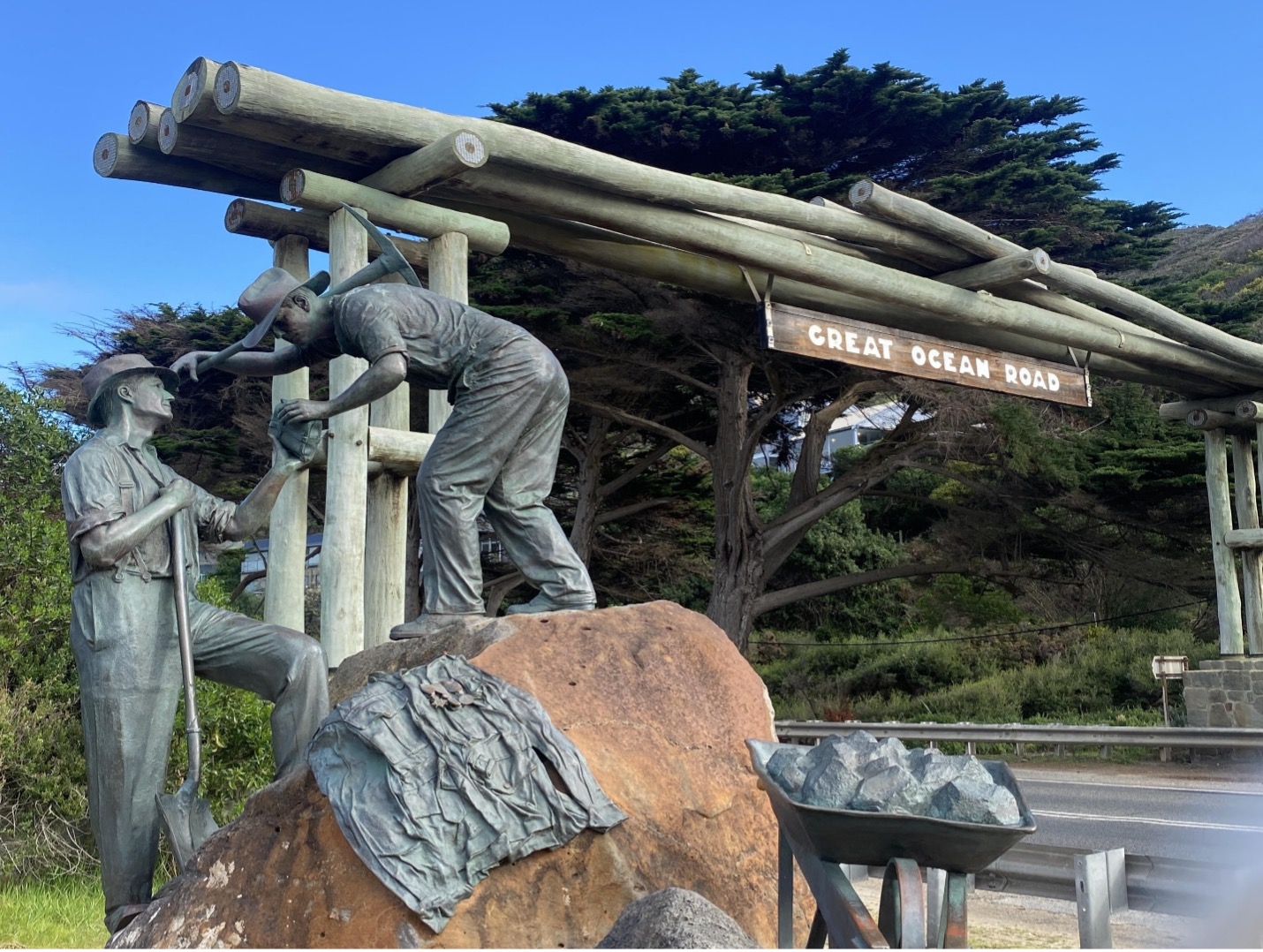By Eirini Tassi,
When thinking about war memorials, the first thing that usually comes to mind is strictly shaped marble structures, carved with the names of people who contributed to a great cause through their war effort, let that be national independence, a decolonial revolution, resistance against Nazi occupation, and more. Such tributes rightfully look the way they do; marble’s crystalline appearance produces a vibrant glare when it gets in contact with light, one that immediately makes the memorial the central foreground of any landscape. But you’d be surprised to discover that the world’s largest war memorial is not a tribute on a carved limestone, but a road. I, too, was surprised when I first heard that. How can we pay homage to people by driving across the southeastern coast of Australia? Where are the names, where are the flower wreaths and the flags? After completing the long trip myself, I realised that the road was something much more than its material presence. It was its own version of an Odyssey.
Situated in Australia’s southeast coastline in the state of Victoria, the Great Ocean Road began getting constructed in 1919, when Australian servicemen (i.e. soldiers) were returning home from World War I. The Road plan sought to provide immediate post-war work to such soldiers, to produce a memorial that paid tribute to their military compatriots who lost their lives in Europe, fighting against the Central powers. As an added benefit to that symbolic value, the memorial would concomitantly open mobile (and touristic) access to various landmarks and areas in the South-East coast, which were currently hardly accessible by car. More than 3,000 returning servicemen worked to construct the Road from 1919 to its completion in 1932. Despite contributing to a very honorary project, they often worked in very harsh working conditions, for long hours, limited safety, and low wages. (Because there is nothing better than coming back shellshocked from the trenches of the Western front only to be subject to new hardships, am I right?). Besides labourers, construction also involved the fusion of expertise between engineers and landscape designers, like William T.B McCormack and Edna Walling. These not only made sure that the Road passages alongst the coastline were strong and steady to use, but also that the overall Road path spread across areas of historical, geological, and especially cultural significance. The Heritage Council of Victoria, in particular, notes how the natural landscape of the coastline upon which the Road is built has an intrinsic connection with spirituality and the Ancestral being, which are inherent elements of Aboriginal heritage. It is important to mention that the Road overlies on the traditional, legitimate lands of the Kulin Nation’s Watha-wurrung (Watharong), Gadabanud and Girai-Wurrung language groups, who, for many centuries enriched the area’s natural landscape with a plurality of cultures, customs and traditions. This profound fusion of the geological with the human element, and the fascinating civilisations that their enosis births, is what rendered the Great Ocean Road a National Herritage site in 2011.

So, going back to the beginning: The Great Ocean Road felt like its own version of an Odyssey. Not in the sense of Godly wrath and nearly undefeatable challenges, but because the enormous 243km drive across steep coastal cliffs and dense eucalyptus forests made me appreciate the Road’s enormous cultural, historical and geomorphologic overlapping even more. The verses of Cavafy’s Ithaka come to mind:
But don’t hurry the journey at all.
Better if it lasts for years,
so you’re old by the time you reach the island,
wealthy with all you’ve gained on the way,
not expecting Ithaka to make you rich.

And indeed, across the journey, the wealth did come. It came in the form of spiritual enrichment when I was walking serenely in the Otway Redwood Forest, merely accompanied by the dripping sounds of nearby waterfalls. Or perhaps it came when I was gazing at the sunset at the stack of the 12 Apostles, admiring the rocky coastline’s unique geomorphology and for a brief moment becoming one with nature. Wealth also came in the form of knowledge, as various structures across the Road, like the Loch Ard Gorge and Budj Bim Heritage Landscape pointed out significant moments in Australian history, from the (relatively) recent deadly shipwreck of Loch Ard in 1873, to the millennia-long Aboriginal history in the region.

I end this tribute to the Great Ocean Road with the way Cavafy ended Ithaca:
Wise as you will have become, so full of experience,
you’ll have understood by then what these Ithakas mean.
References
-
Aboriginal culture on the Great Ocean Road. responsibletravel.com. Available here
-
Australasian Underwater Cultural Heritage databaseenvironment.gov.au. Available here
-
Case Study 3 – The Great Ocean Road. heritagecouncil.vic.gov.au. Available here
-
Great Ocean Road – Victoria. dcceew.gov.au. Available here
-
Ithaka. Poetryfoundation.org. Available here




